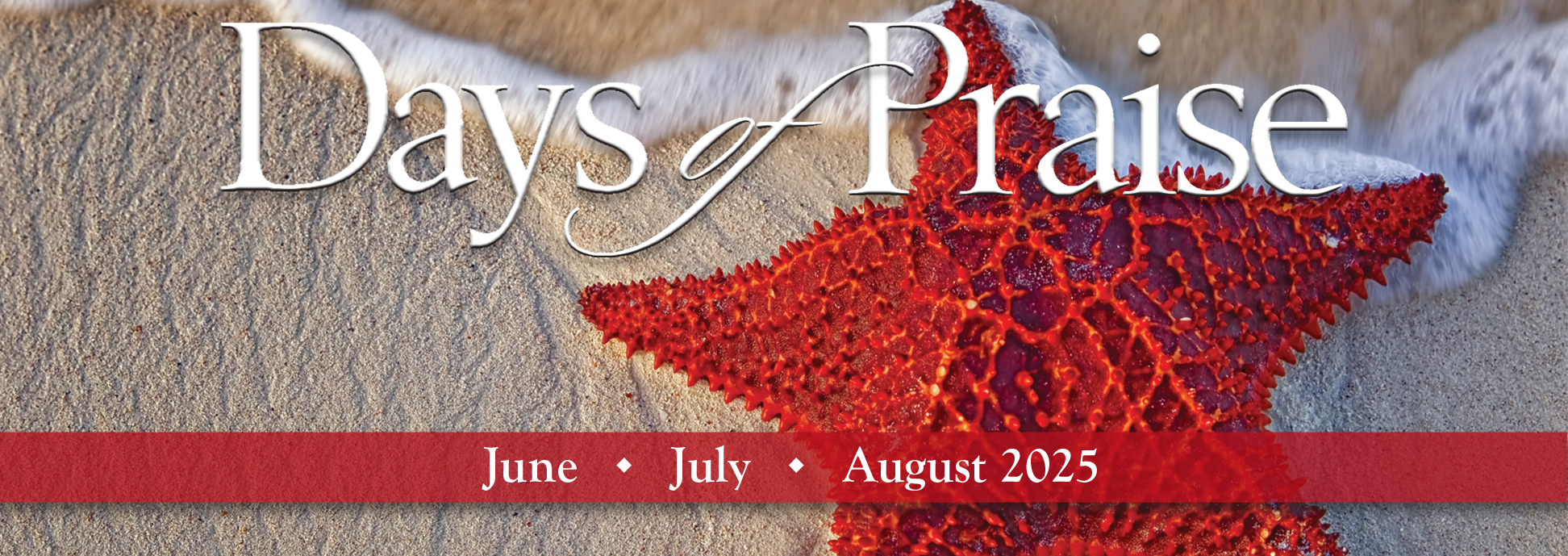On June 11, 2008, Jesse Hall from Aledo, Texas, underwent a hemispherectomy to treat a rare brain illness.1 The suffix “ectomy” refers to the surgical removal of a body part. A hemispherectomy, therefore, means the surgical removal of a hemisphere—a half—of the brain. Yes, it is possible for people to survive this procedure, and even recover almost all their normal functions. The extent of recovery depends on the age of the patient at the time of the procedure. Six-year-old Jesse will most likely experience some side effects, but the surgery represented the best hope for her survival.
Somehow, removing half of a brain is unlike removing half of a heart. Without aid (like a left ventricular assist device, or LVAD), half a heart is useless. The brain, however, is a different matter. It is actually partly grey matter, which consists of neurons. The neurons of one hemisphere are able to learn new tasks and take over functions of the removed hemisphere.
Hemispherectomies performed prior to the mid 1970s involved the total removal of one half of the brain. This led to complications, as body fluids built up too much pressure in the vacant cavity. Today, a middle section (the temporal lobe) of the affected hemisphere is removed. The front and back lobes (frontal and occipital)—now disconnected from each other—are left in place, partly as cranial spacers.
This procedure is a last resort, undertaken only after medications fail to curb uncontrollable seizures. Recovery is long and difficult. However, the fact that recovery is even possible testifies to the brain’s remarkable capacity to learn. Biomedical research is revealing an unexpected picture of neuronal adaptability.2 Our Creator foresaw various needs for mental flexibility and wired the brain with a capacity to meet those needs. Indeed, we are fearfully and wonderfully made.3
References
- Girl, 6, Recovering After Having Half Her Brain Removed. Fox News. Posted on Foxnews.com June 12, 2008, accessed June 13, 2008.
- Trachtenberg, J.T. et al. 2002. Long-term in vivo imaging of experience-dependent synaptic plasticity in adult cortex. Nature. 420: 788-794.
- Psalm 139:14.
* Mr. Thomas is Science Writer.
Article posted on June 18, 2008.


















